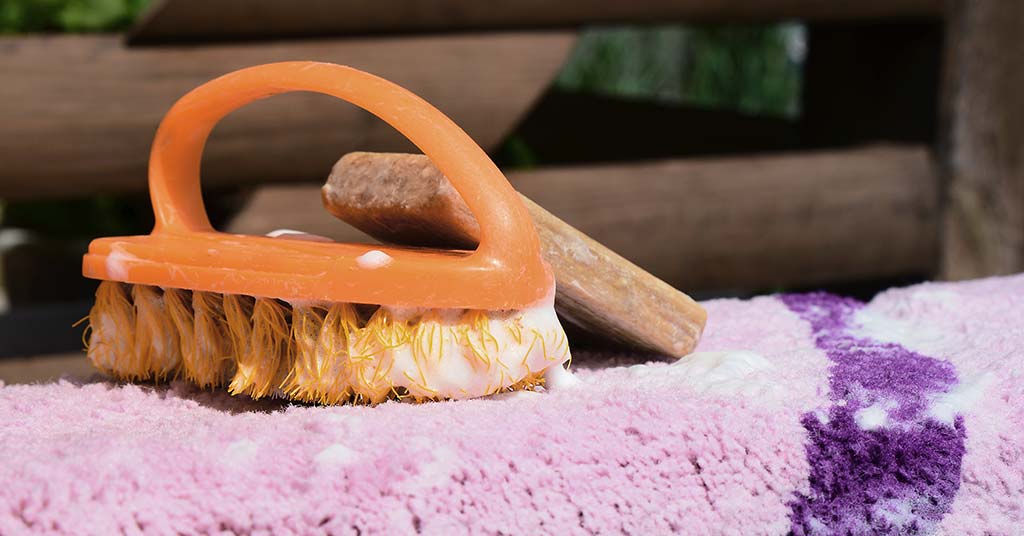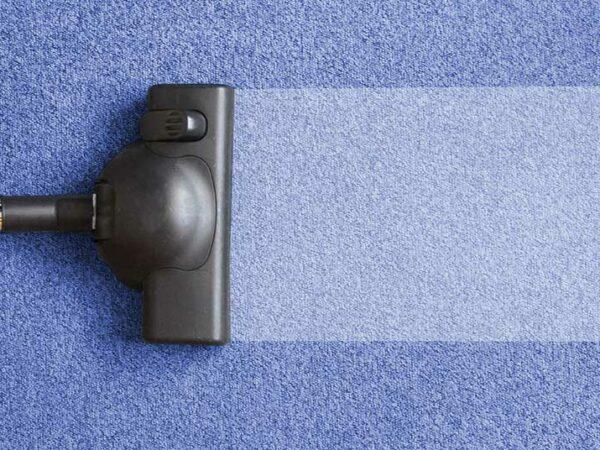
By the end of winter, everyone in the Cape likely has at least some household mould in their carpets. Even if it’s not visible, the mould spores are there!
This year’s wet, wintry weather was good news for our dams in the Cape, but it has also meant more mould moving into carpets. Damp carpeting provides the ideal environment for mould spores to grow.
Why carpet mould is a problem
Mould is a fungus that eats into damp surfaces. It has a nasty smell and can be unsightly.
It’s also bad for your health to inhale mould spores. Inhaling common types of household mould can trigger asthma and allergies. Other types of mould, which occur more rarely, can be highly toxic.
Mould can also damage the fibres in carpets. Once mould has penetrated a carpet and has started eating through it, it’s usually too late. It’s unlikely the staining and damage can be reversed. It may also be best for health reasons to have the carpet removed.
For all these reasons, it’s important to get rid of carpet mould quickly, before it has a chance to get the upper hand.
Diagnosing the extent of carpet mould
First, identify exactly where the mould is and how deep it goes. If the mould is underneath a fitted carpet, cleaning just the surface fibres won’t help.
It’s likely you’ll need to take up the carpet and kill the roots of the mould underneath.
For carpet surface mould or mould that’s not yet visible but has a distinctive smell when the windows are left closed for a period, it’s a good idea to invest in professional carpet cleaning.
Where surface mould occurs in just a small patch – for example, a small area that was exposed to damp – it may be worth trying to address the mould yourself.
How to treat patches of surface carpet mould yourself
To treat fairly small, light patches of surface mould on a carpet, you can follow these steps:
- sweep the affected area with a broom to loosen the mould
- vacuum the affected area and immediately empty the vacuum bag
- use a sponge to scrub the affected area with the soapy solution
- blot up the moisture with paper towel.
It’s also possible to use a mould-killing agent.
Bleach and ammonia are effective mould killers, but these substances are toxic and likely to bleach or stain carpeting. Safer alternatives include baking soda and vinegar.
Using baking soda and vinegar to get mould out of carpet
Baking soda can be used for light mould problems. Sprinkle a generous amount on the mouldy spot and leave overnight. Vacuum it up the next day.
Another good option is to spray white vinegar over the affected area. After a few minutes, scrub vigorously with a stiff brush. Then rinse with clean water and blot up the liquid.
Note that it’s important to spot test carpet before treating it with vinegar, to ensure that no bleaching or colour loss occurs.
Use the sun to kill mould in rugs
The sun is a very effective, free mould killer. Hang rugs and removable carpets outside in the direct sun for an extended period, and the sun will kill the mould spores.
Certain rugs and carpets are prone to bleaching if left in the direct sun, so proceed with caution.
Safety precautions when cleaning mould off carpeting
Whenever dealing with mould, it’s a good idea to wear gloves and a face mask to protect yourself from the spores.
Also, take these steps to help prevent mould spores from spreading:
- when cleaning or vacuuming, work from the edges of the affected area inwards
- avoid drying affected areas with a fan, which could spread the spores
- empty the vacuum bag immediately (preferably do this outdoors)
- change your clothes and wipe down the soles of your shoes before moving to another room
- make sure the room is well ventilated by opening the windows, but keep doors closed to prevent the spores getting to the rest of the house
- clean all the equipment you used to remove the mould.
For dealing with mould on ceilings or walls, see our general DIY tips on treating household mould in the Cape.
How to get mould out of a carpet more reliably
Once mould has penetrated a carpet and has started eating through it, it’s unlikely the staining and damage can be reversed. It may also be best for health reasons to have the carpet removed.
However, it’s usually only after sustained exposure to damp or after flooding that carpet mould reaches this stage.
To get normal surface mould out of a carpet, it’s best to opt for professional steam cleaning. This will remove the mould. Thanks to the high heat involved, it also kills any remaining mould spores so that the mould doesn’t simply regrow.



